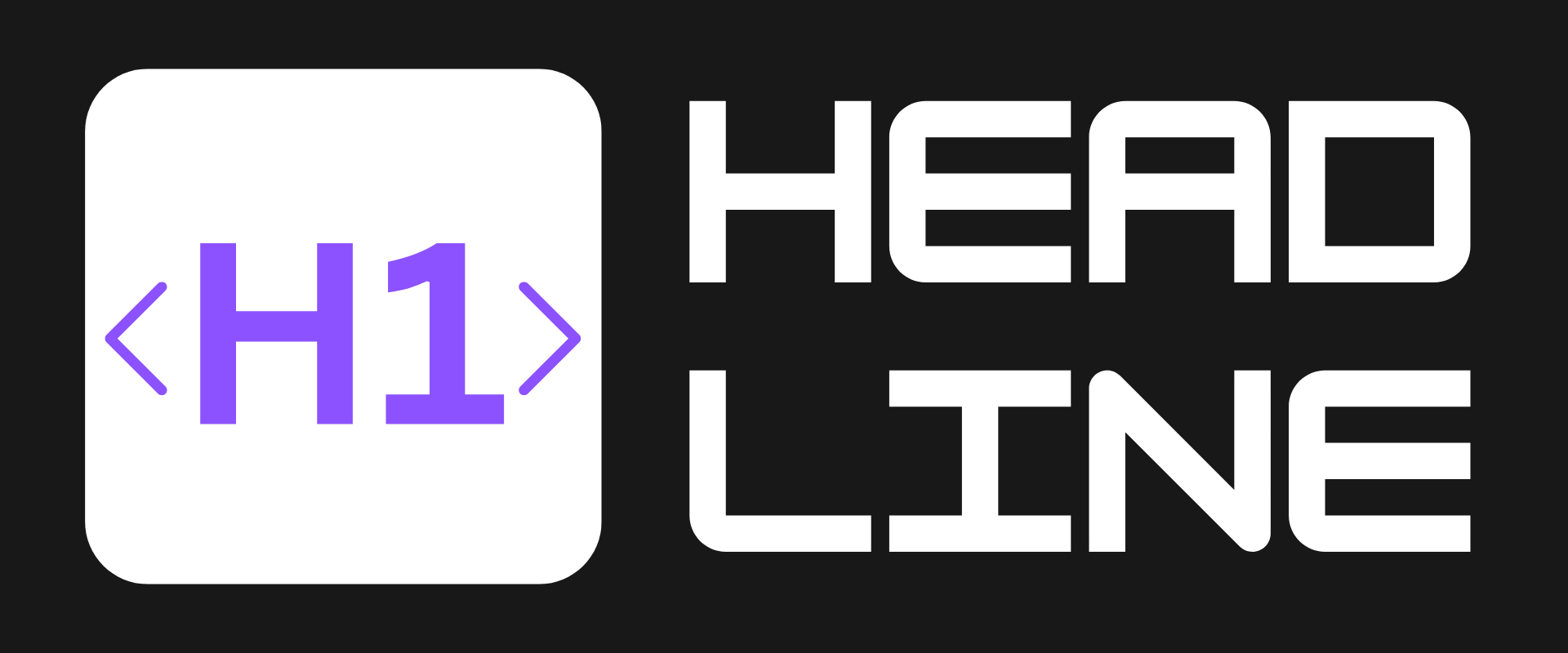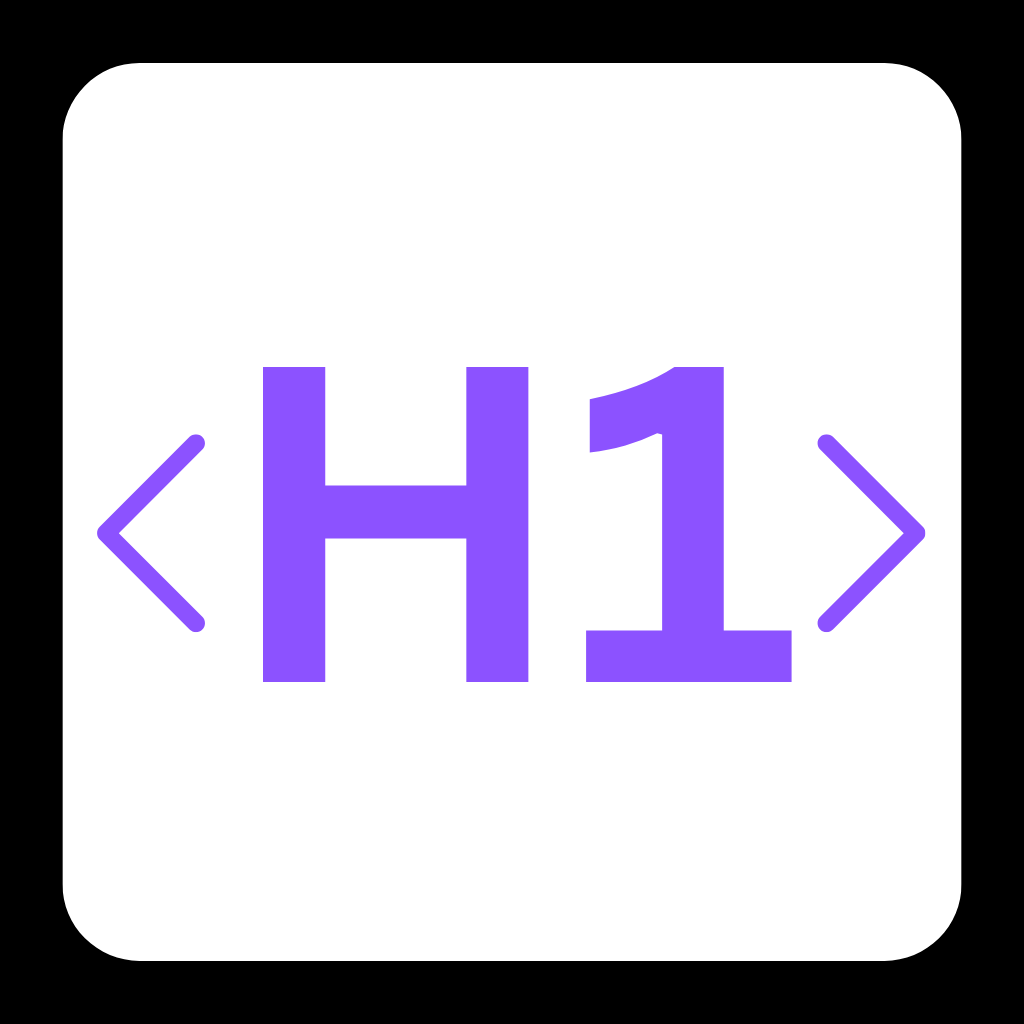Can AI Learn to Sketch Like Us? MIT’s SketchAgent Is Drawing a New Future

When was the last time you grabbed a pencil to quickly share an idea? Whether it’s diagramming a home renovation or sketching a new gadget, sometimes words just can’t compete with a few quick strokes on paper. But AI systems—despite creating dazzling paintings and cartoons—have struggled with this kind of fast, collaborative doodling.
That might be about to change, thanks to MIT’s SketchAgent—a breakthrough that could put human-like sketching in the hands of anyone, with just a few words typed out. Let’s dive in.
🎨 Rethinking AI Creativity: Why Fast Sketching Matters
- Current AI drawing models focus on polished artworks but miss the crucial, step-by-step process humans use to brainstorm and refine ideas.
- Sketching is a universal tool for invention—engineers, teachers, students, and artists rely on it for everything from robot concepts to biology diagrams.
- AI struggles with iteration: Unlike humans, who adjust and edit as we draw, most models create images all at once, missing out on feedback, mistakes, and shared exploration.
- The result? While you can ask AI to paint a mountain or a cat, getting it to walk through an idea visually, stroke by stroke, has been nearly impossible… until now.
🖌️ Meet SketchAgent: MIT’s Creative Collaborator
Enter SketchAgent—a new drawing system born from MIT’s Computer Science and Artificial Intelligence Laboratory (CSAIL) and Stanford University. Here’s why it matters:
- Multimodal Powerhouse: SketchAgent uses a multimodal language model (trained on both images and text, like Anthropic’s Claude 3.5 Sonnet) to translate your natural language prompts—“draw a butterfly,” “sketch the Sydney Opera House”—into visual sketches in seconds.
- Human-Like Strokes: Instead of producing a finished image instantly, it sketches ideas one stroke at a time. This lets users watch (and even steer) how the drawing evolves—much closer to how we work out ideas together.
- Collaborative Creation: You can draw with SketchAgent, giving it feedback or adding your own marks. Or, instruct it with text for each part—“make the roof taller,” “add a door”—and it will redraw accordingly.
- Diverse Subjects: The system has shown off with drawings of all sorts—robots, DNA helices, flowcharts, buildings, and more. In early demos, it’s already handling iconic shapes like butterflies and famous landmarks.
- Speed & Simplicity: All of this happens in just a few seconds, providing a fast, interactive way to sketch out ideas—solo or side-by-side with humans.
The big breakthrough? Much more than just another AI art generator, SketchAgent reconstructs the back-and-forth, improvisational magic of human brainstorming. It’s a new kind of digital sketchpad—for artists, educators, designers, and anyone who thinks visually.
✅ Where Could This Go Next?
- ✅ Teaching Tool: Imagine interactive art games that give real-time sketching lessons, or classroom tools that help turn tricky concepts into digestible diagrams for students of any age.
- ✅ Research Lab: Early users include teachers and scientists, who can now build complex diagrams (like gene models or circuit layouts) much faster—and with an AI collaborator that actually understands context and process.
- ✅ Accessible Design: For those less confident with a pencil, SketchAgent could unlock visual thinking—just describe your idea in words, and let the AI provide step-by-step sketches or editable drafts.
- ✅ Brainstorming Buddy: Picture teams riffing on product ideas and seeing shared sketches update in real time, accelerating collaboration whether they’re together or remote.
The researchers behind SketchAgent see a bright future: eventually, this could mean new apps, online platforms, or creative games. The system’s multimodal AI language models are built to improve with more data and user interaction—so its sketching skills are only going to get better.
🚧 Challenges Ahead: Limitations & Roadblocks
- 🚧 Artistic Nuance: SketchAgent’s strokes are simple and abstract for now; capturing personality or expert detail will take more training and better models.
- 🚧 Feedback Loops: While early demos show rapid collaboration, building natural, intuitive workflows between humans and AI is still a work in progress.
- ⚠️ Computational Cost: Real-time, stroke-by-stroke drawing requires fast, efficient models. Scaling up to millions of users or classroom settings may create new technical and infrastructure challenges.
- ⚠️ Generalization: Some prompts (especially uncommon or culturally nuanced items) might stump the system, requiring ongoing training and global data.
🚀 Final Thoughts: How Close Are We to True AI Creativity?
With SketchAgent, the line between human and machine idea-sharing just got a little blurrier—and a lot more exciting. Success will depend on:
- ✅ User Adoption: Artists, teachers, and everyday idea-makers need to find real value in its collaborative, iterative drawing style.
- ✅ Model Improvements: As multimodal language models get better, the sketches could become more nuanced, creative, and authoritative.
- 📉 Technical Hurdles: Addressing real-time performance and feedback will be crucial for seamless creativity.
What do you think? Could AI sketching become your next go-to creative tool, or is there still something irreplaceable about human hands?
Let us know on X (Former Twitter)
Sources: MIT News. Teaching AI models the broad strokes to sketch more like humans do, June 2 2025. https://news.mit.edu/2025/teaching-ai-models-to-sketch-more-like-humans-0602










